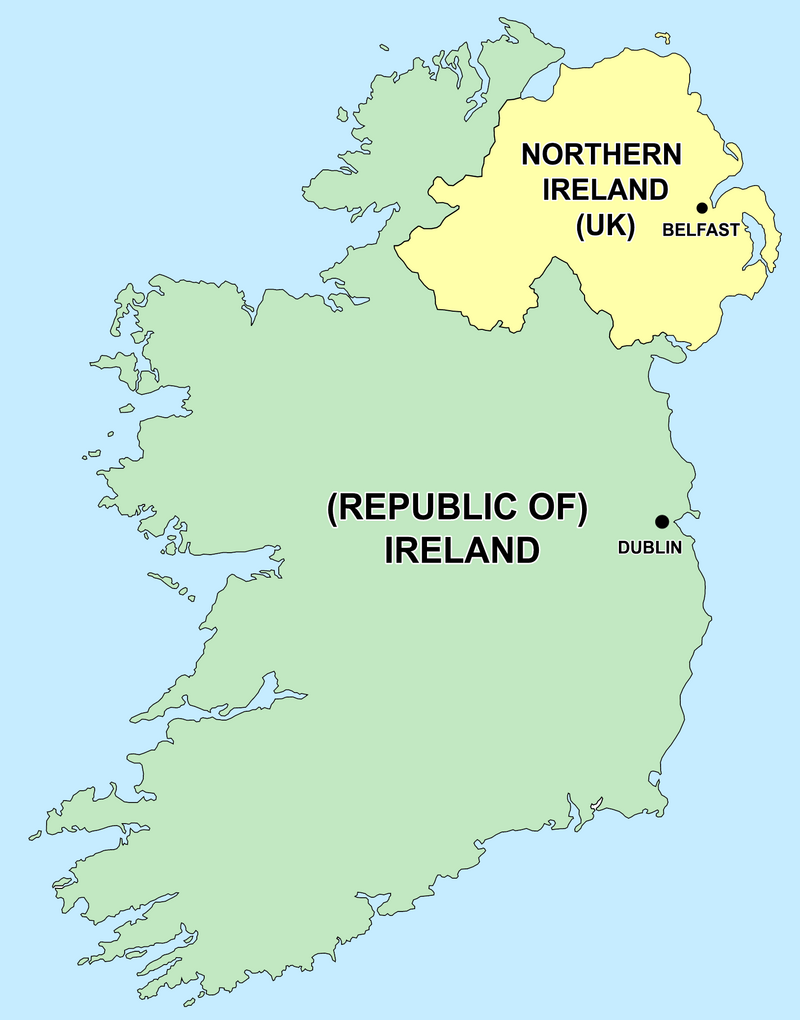First World War and Inter-War Years
Britain’s early 20th century — from pre-WWI optimism, the First World War, the partition of Ireland, and the inter-war years of progress and hardship.
Britain Before the First World War
In the early 20th century, Britain was full of optimism.
It had a large Empire, a strong navy, successful industry, and stable political institutions. Britain was seen as a global superpower.
This was also a time of social progress.
Important measures were introduced:
- Financial help for the unemployed
- Old-age pensions
- Free school meals
New laws improved safety in workplaces and helped prevent slums through stricter town planning.
Better support was also given to mothers and children after divorce or separation.
Local government became more democratic, and for the first time, MPs were paid a salary, allowing more people to take part in politics.
The First World War (1914–1918)
This hopeful period ended suddenly when war broke out in Europe.
On 28 June 1914, Archduke Franz Ferdinand of Austria was assassinated.
This event started a chain reaction that led to the First World War.
However, the war had deeper causes — growing nationalism, militarism, imperialism, and the division of Europe into two rival camps.
The war mainly took place in Europe, but it became a global conflict.
Britain fought with the Allied Powers, which included France, Russia, Japan, Belgium, Serbia, and later Greece, Italy, Romania, and the United States.
The British Empire took part too:
- Over one million Indians fought for Britain, and about 40,000 died.
- Men from the West Indies, Africa, Australia, New Zealand, and Canada also fought.

The Allies fought against the Central Powers — Germany, the Austro-Hungarian Empire, the Ottoman Empire, and later Bulgaria.
More than 2 million British soldiers were killed or wounded.
The Battle of the Somme in July 1916 saw about 60,000 British casualties on the first day alone.
The war ended at 11.00 am on 11 November 1918, with victory for Britain and its allies.

The Partition of Ireland
In 1913, the British government promised Home Rule for Ireland, meaning Ireland would have its own parliament but stay part of the UK.
However, Protestants in the north opposed this and threatened to fight against Home Rule.
When the First World War began, plans for Home Rule were postponed.
Many Irish Nationalists grew impatient.
In 1916, they launched the Easter Rising in Dublin against British rule.
The leaders were executed, and a guerrilla war followed.
In 1921, a peace treaty was signed.
By 1922, Ireland was divided into two parts:
- Northern Ireland (six mainly Protestant counties) stayed in the UK.
- The rest became the Irish Free State, which had its own government and became a republic in 1949.
Some people in both areas still wanted a united Ireland.
This disagreement led to years of conflict and violence, known as “the Troubles.”

The Inter-War Period (1918–1939)
During the 1920s, many people’s lives improved.
Better public housing and new homes were built across towns and cities.
But in 1929, the Great Depression began, bringing mass unemployment to some areas.
Its impact varied across the UK:
- Heavy industries like shipbuilding suffered greatly.
- New industries, such as automobile and aviation, grew.
Prices fell, so people with jobs had more money to spend.
Between 1930 and 1939, car ownership doubled from 1 million to 2 million.
Many new houses were built too.
It was also a time of cultural growth.
Writers like Graham Greene and Evelyn Waugh became famous.
Economist John Maynard Keynes introduced new economic theories.
The BBC started radio broadcasts in 1922 and began the world’s first regular TV service in 1936.
Key Points
- Early 20th-century Britain was a powerful, optimistic, and socially progressive nation.
- Key reforms included old-age pensions, free school meals, and salaries for MPs.
- The assassination of Archduke Franz Ferdinand in 1914 triggered the First World War.
- Britain and its Empire fought with the Allied Powers against the Central Powers.
- Over 2 million British soldiers were killed or wounded.
- The war ended on 11 November 1918 with Allied victory.
- Ireland was promised Home Rule, but conflict led to its partition in 1922.
- Northern Ireland stayed in the UK; the Irish Free State became a republic in 1949.
- Ongoing tensions over Irish unity caused “the Troubles.”
- The inter-war period brought better housing and cultural growth.
- The 1929 Great Depression caused unemployment, but new industries developed.
- Car ownership doubled, and the BBC started radio (1922) and TV (1936) broadcasts.
- Notable cultural figures included Graham Greene, Evelyn Waugh, and John Maynard Keynes.